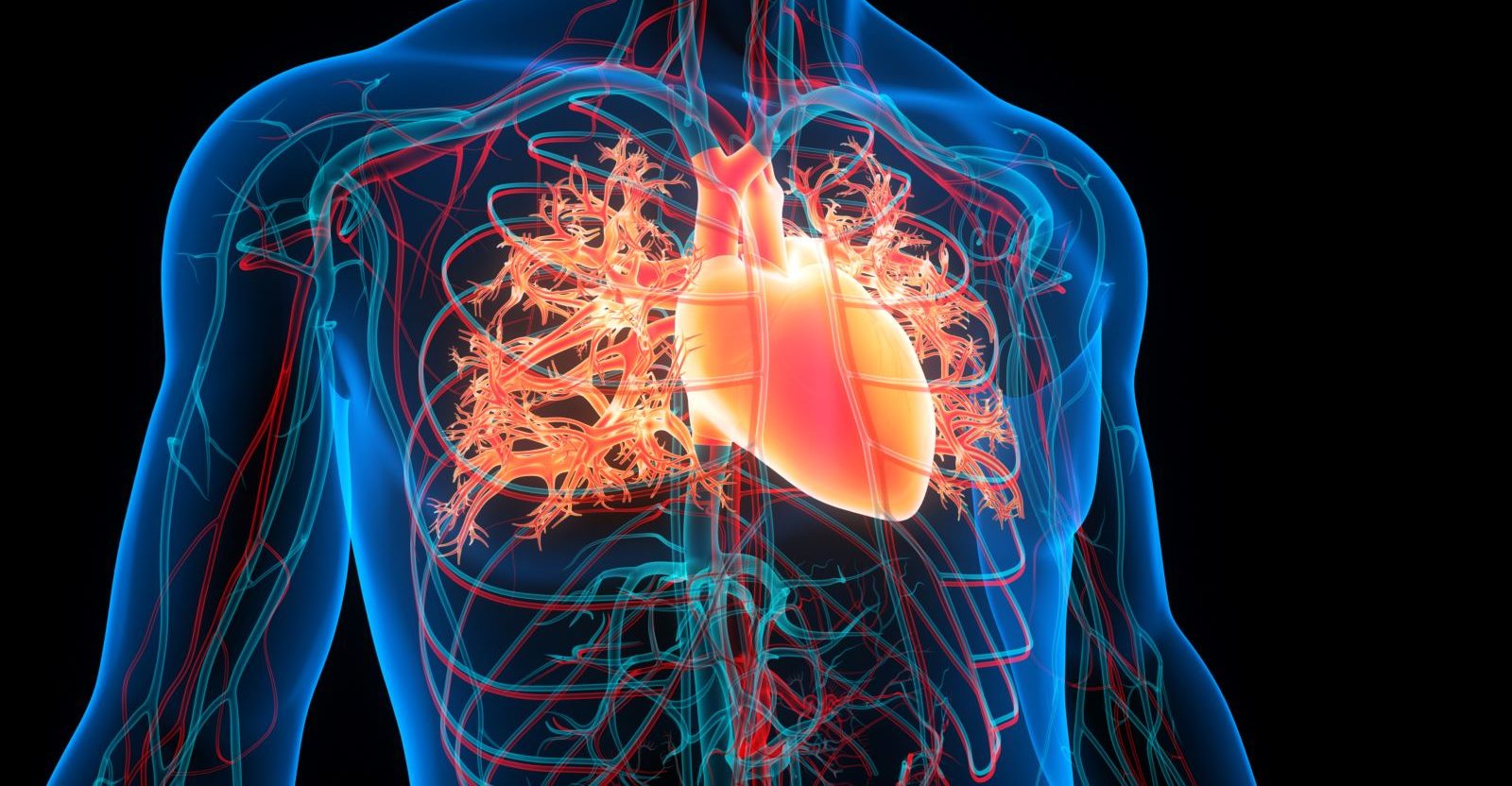Every 34 seconds, someone dies from heart disease in the United States. In fact, it’s the leading cause of death among men, women and many racial and ethnic groups.
“When we talk about heart disease, it can be issues with the heart’s valves, the heart’s electrical system or the heart’s muscle itself,” says Marcin Dada, MD, cardiologist with The Hospital of Central Connecticut.
But what’s the most common type of heart disease, and how can you protect yourself? Dr. Dada explains.
> Connect with the Heart & Vascular Institute
The most common type of heart disease.
Coronary artery disease is considered the most common type of heart disease.
It’s when deposits of cholesterol buildup in the arteries – causing them to narrow over time. This can ultimately lead to a decrease in blood flow to the heart and other parts of the body.
“With coronary artery disease there are different severities. It can be angina, which is chest pain due to the reduced blood flow or something as serious as a heart attack,” says Dada.
Am I at risk?
The following health issues can put someone at risk for coronary artery disease:
- Being overweight
- Smoking
- High blood pressure
- High cholesterol
- Physical inactivity
- Unhealthy diet
- Family history
What symptoms should I look for?
Anyone experiencing the following issues should be seen by a doctor:
- Chest pain or discomfort
- Shortness of breath
“These are signs and symptoms that should raise concern,” says Dada.
Can coronary artery disease be treated?
“Yes, it can, but patients have to do their part,” says Dada. “That means changing your diet, exercising five days a week, 30 minutes a day, managing blood pressure, cholesterol and quitting smoking.”
Dr. Dada says after life-saving procedures, such open-heart surgery, patient will also need to take medications. “These lifestyle changes play an important role in the overall process of getting well, which allows patients to take ownership of their health and to contribute to their quality of life.”



